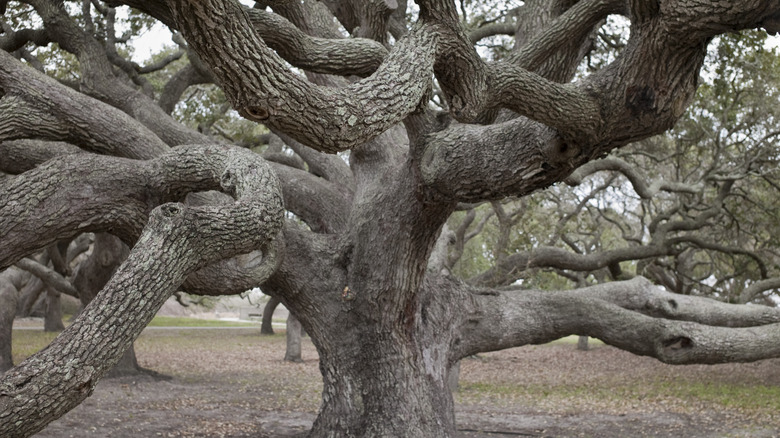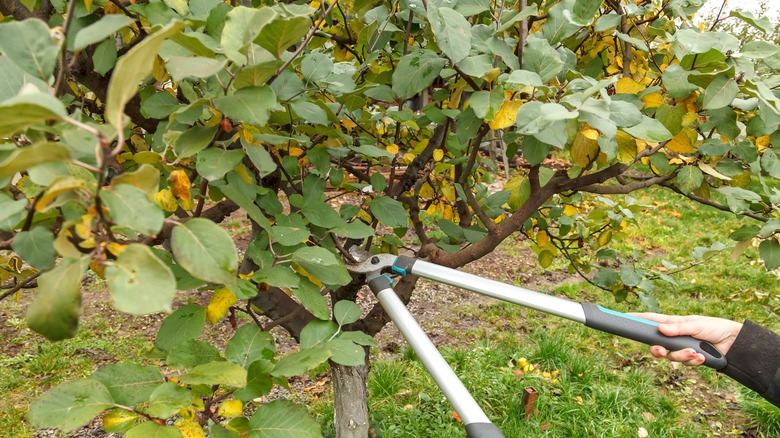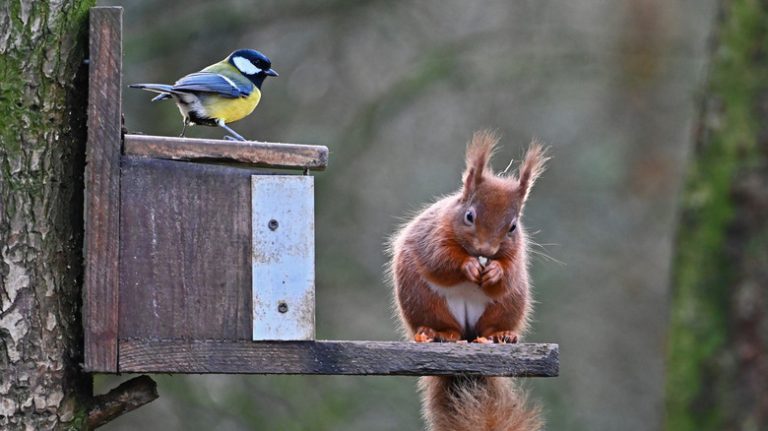Sprawling and majestic trees with multiple trunks have a certain alluring fairytale element to them. We all love to bask in the comforting embrace and shade of a larger-than-life tree with cascading branches and multiple trunks. However, when trees begin to form multiple trunks, it is actually an unfortunate phenomenon known as codominance. While it can be a beautiful and unique sight, it is a sign of weakness in the tree and may lead to a shorter lifespan for the enchanting tree in the long run. The best way to stop it is by learning how to prune trees the right way when they are young or hiring a professional arborist!
Pruning trees can be complex, and when it comes to proper tree care, it is a pretty advanced skill. If you’re up to the task, good for you! If not, no worries. There are plenty of trained arborists whose job is to trim trees correctly and nip codominance issues in the bud (pun intended). When trying to understand why trees form multiple trunks, it’s essential to look at how codominance occurs, what to look out for, prevention, and safety. Trees play a major role in our lives. Not only do we physically resemble trees, but they provide us with shelter, building materials, oxygen, beauty, and so much more. Furthermore, identifying codominance is vital for ensuring the longevity and health of our beloved trees.
What is codominance in trees, and why is it a problem?

According to the University of Massachusetts, “The term ‘codominant stems’ is used to describe [two] or more main stems (or ‘leaders’) that are about the same diameter and emerge from the same location on the main trunk. As the tree grows older, the stems remain similar in size without any single one becoming dominant.” The main issue with codominant trees is that healthy trees need enough correctly arranged wood tissue to adequately hold the tree up in the event of stormy weather or other outside pressures. After a big storm, ensuring your trees are safe and healthy is especially important.
Codominant trees are problematic because they are dangerous and often result in an unstable tree that will perish much earlier in life than it would had it been pruned or naturally grown properly. These codominant branches often split or break off, threatening the tree’s integrity and becoming a safety risk in residential areas. Furthermore, it is vital to identify codominance in trees to treat them correctly and stay safe. V-shaped or multistemmed trees often have “included bark,” which resembles a seam where the two codominant branches meet. This is indicative that a failure is more likely and immediate action is needed. Keep in mind that it’s the law. If your tree is considered hazardous, it’s your responsibility to have it removed, or you will be liable for any damage the tree has caused.
How to prevent and stop codominance in trees

Prevention is really the only way to stop codominance in trees. However, the caveat is that effective prevention must be done when the trees are young. As the codominant tree matures, it will become more difficult and expensive to fix and pose a more significant threat. The good news is that since codominance develops early on, you can quickly correct this and avoid many headaches and potential future danger. This kind of structural pruning is only necessary once or twice in the young tree’s life. It establishes a leader branch and prunes off all other competing and lateral branches.
Ironically, codominant trees are often considered more attractive because each branch creates its own canopy, so these trees are typically fuller and more lush. Multi-trunk trees are also most associated with enchanting fairytales and mythology, as they look like portals into other worlds and dimensions. Human’s connection with trees is a tale as old as time. It’s widely known that humans are innately attracted to trees. Less known is that trees increase real estate property value by 4 to 15% (via Arbor Day Foundation), and in places where land is federally protected, employment growth has been three times higher over the past 40 years than average (via Headwaters Economics). What’s clear is that trees play a significant role in our lives, and treating codominance is just another way trees and humans lean on each other.



